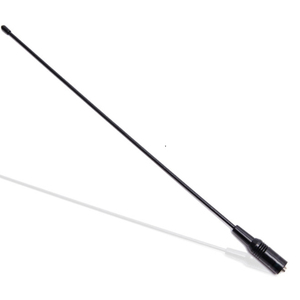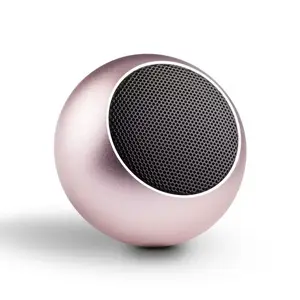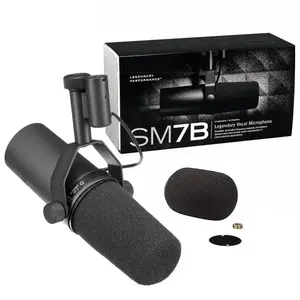Popular in your industry
































































Related Searches:






































































































Top categories
About baofeng 888s antenna
The baofeng bf 888s antenna is an essential component of the Baofeng BF-888S two-way radio. These antennas are designed to be easily replaceable, allowing users to choose from a variety of options based on their specific needs and preferences. When considering a baofeng 888s antenna upgrade, it is important to understand the different types of antennas available to ensure the best possible performance. The standard Baofeng BF-888S antenna is a UHF antenna operating at a frequency range of 400-470 MHz. Users looking to improve the range and performance of their two-way radio may opt for a longer antenna, such as a whip antenna, which can enhance signal transmission and reception.
Types of baofeng bf 888s antennas
When it comes to the antena baofeng 888s, users have several options to choose from. The rubber duck antenna is the standard antenna that comes with the Baofeng BF-888S. It is a compact and flexible antenna, making it suitable for everyday use. Whip antennas, on the other hand, are longer and provide better range and performance. They are often used in outdoor and remote locations. For those looking for a more discreet option, stubby antennas are shorter and less conspicuous. Additionally, high-gain antennas are designed to enhance signal strength and range, making them ideal for long-distance communication. Finally, users operating in specific frequency ranges may opt for specialized antennas, such as those optimized for VHF or UHF frequencies.
How to choose a baofeng 888s antenna
When selecting an antenna for baofeng bf 888s, several factors should be considered to ensure optimal performance. The operating frequency of the antenna should match the frequency range supported by the two-way radio. Additionally, the antenna's gain, measured in decibels (dB), indicates its ability to focus radio waves in a specific direction and improve signal strength. A higher gain antenna may offer better performance over longer distances but may be more directional. The physical characteristics, such as length and flexibility, should align with the intended use, whether it is for everyday communication, outdoor activities, or discreet operation. Ultimately, choosing the right antenna involves striking a balance between the desired range, performance, and practical considerations for the specific communication needs.

















































































